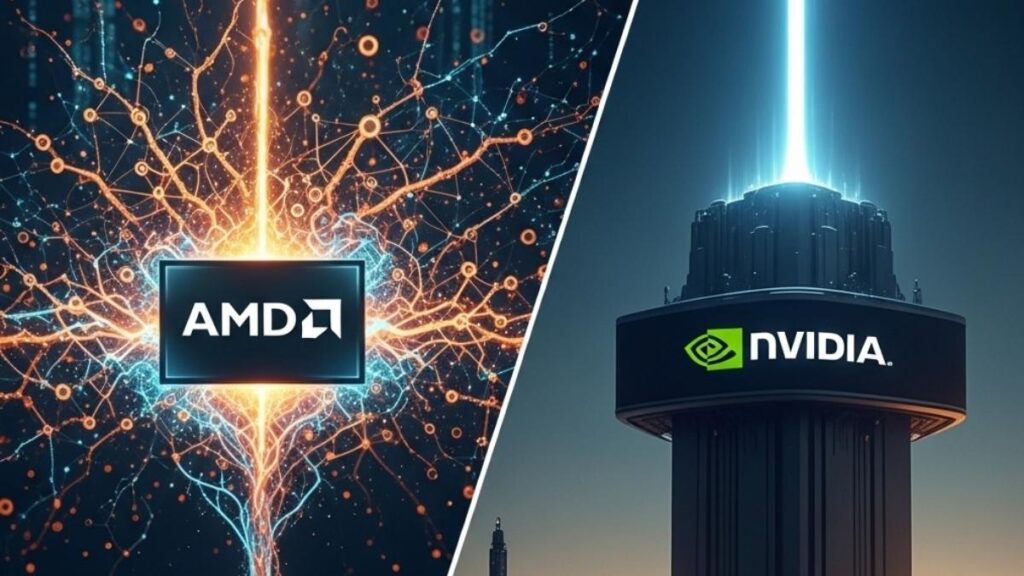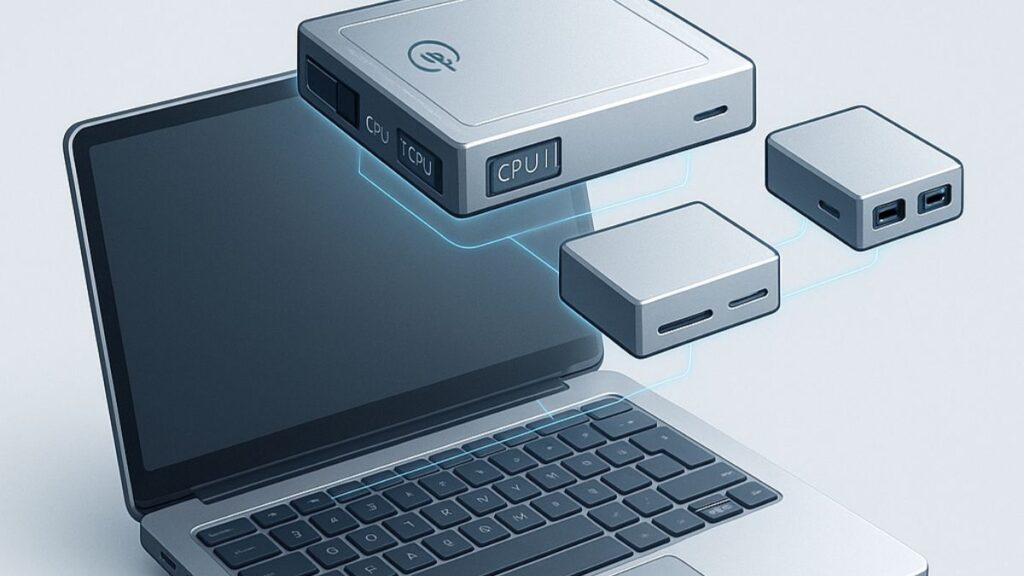This last week Qualcomm had an event on the evolution of the digital cockpit where the company has made several interesting advancements. Bosch was the focused speaker, and they spoke about how 120 companies are now collaborating on the automotive advancements we will be getting over the next decade–over and above things like converting from ICE (Internal Combustion Engines) to electric vehicles and the even more significant move to autonomous driving. But all of this tech will require massive increases in computational performance to work, suggesting we may care more about the processor and related technology in our cars than its horsepower, torque, or even range.
Let’s talk about the importance of technology integration in cars this week.
Recalling Microsoft’s Auto PC
One of the significant points that Bosch made was the importance of integration and how having a solution that was optimally designed to eliminate performance bottlenecks and that uses the right blend of technology will be critical to these coming automotive solutions.
This part of the presentation reminded me of the trial I had with Microsoft’s Auto PC over two decades ago. I was selected as an early user for Microsoft’s Auto PC and went out and bought a purple Chrysler that became my wife’s car because most cars, even back then, wouldn’t take an aftermarket stereo.
On paper, the Clarion version of the Auto PC was very advanced for its time; it had voice command, navigation, enhanced sound, and radio features, and it honestly sucked. After coming home from almost any drive, my wife’s common comment was that she wanted to rip the thing out of the dash and throw it out the window. The software was fine, but Clarion underspecified the processor making the thing so slow it was unusable outside of just being a radio (which it did fine).
The car was a convertible, and the wind noise made the voice command feature unreliable when the top was down. The navigation was so slow that at city speeds, it would tell you about an upcoming turn after you’d passed the street you were supposed to turn on. It would then go into a loop of recalculating and throwing the off-route error unless you stopped for several minutes and allowed the system to catch up to where the car was.
Compared to what is coming, AutoPC was relatively simple, but because the components weren’t matched so that the solution functioned adequately, it was unusable. It wasn’t Microsoft’s fault, but that didn’t make anything better. But while the failure of this product was annoying, if a similar problem happened with an electric or autonomous car, it could be far more catastrophic.
The leading vendors we need to watch are:
Qualcomm
Qualcomm is doing a great deal of work with the cockpit of the future and the related enhancements. They have worked with BMW to integrate AR into cars and showrooms. They are currently working to advance their autonomous driving capability, but their strengths are energy efficiency, connectivity, and entertainment. Their skills in making complex systems work in tine energy-efficient packages are unmatched. Their main strength of secure wireless communication will be a critical aspect of our future cars, much like they are critical to our Smartphones today.
BlackBerry
BlackBerry has the QNX operating system best used for vehicle control because its maximum capability is security. QNX is the platform used in nuclear power plants and is arguably the most secure OS for automotive use. Even if you don’t have autonomous driving, but just current drive-by-wire systems, the risk of having your car hacked is far too high to take chances with a less secure solution. Put bluntly, if the operational systems in the car are running anything but QNX, I doubt I’d trust it to get me to my destination safely. (My first GPS, a Neverlost unit from Hertz, tried to drive me into the Boston River, so I’m particularly conscious of the need to be able to trust the system driving the car).
NVIDIA
NVIDIA currently has the lead autonomous drive technology and simulation. This last is critical to assure the autonomous driving systems in cars can handle any situation because you can test for that situation in simulation, even if it is remote. This NVIDIA focus should mean that NVIDIA autonomous drive systems will be more prepared than others that haven’t gone through these massive simulations. Autonomous drive cars promise that they will keep you safer, and with this massive simulation capability, NVIDIA appears to be the ablest of the vendors to meet that promise.
Intel
Intel has been active in automotive for longer than most and has developed breakthrough technologies like the ability to see through snow and rain. But their strength at the moment is with sensors through Mobileye with cameras and as an alternative to Qualcomm and NVIDIA for in-cabin entertainment and autonomous driving through their performance record during the last decade with in-cabin has been spotty at best. They are again investing in their future, leading me to believe by 2030 that they’ll be competive more broadly, if not sooner.
Apple/Tesla/GM
Currently, the company with the best-enhanced cruise control is GM, followed at some distance by Telsa, who is currently overpromising and underdelivering on their technology. Apple hasn’t entered the segment yet, but if one company is likely to integrate their solution vertically, Apple operates as a virtual mirror to Tesla in terms of operational practices. Watching how these three companies approach this problem as segment leaders or disruptors will likely inform us how the rest of the industry will move. Apple hasn’t had significant success in over a decade, but they can disrupt and have a larger war chest than any company listed. While I doubt Tim Cook can step up to this Steve Jobs-like challenge, there could be someone else in the company capable of closing that gap.
Android is the favored platform for in-car entertainment, and Google has had an interest in robotics, autonomous cars, and autonomous aircraft. They are another company with a massive amount of resources to throw at this market, and they are far less likely to be penny wise and pound foolish than Apple (who is known to underfund post-Jobs). They are another company capable of changing the market dynamics here, much as they did with Android. Offsetting this is their historical inability to maintain focus long enough to execute, but they are getting better.
Wrapping Up: Way Too Early To Call Winner
I agree with Bosch that integration will likely be more critical than any firm’s technology because conflicts between systems as massively complex as the autonomous and advanced energy management systems being conceived in cars will be the source of many of our problems next decade. It really will come down not just to which company can build a better offering in their area of expertise but how well these firms play with others. BlackBerry, Qualcomm, and NVIDIA play well with others, and GM has recently stepped out with the most exciting future automotive line. Apple is a wild card, while Tesla still looks like a company unable to manage reasonable risks.
But selecting the right car in the second half of the decade and the car company that can pick the best technology and integrates it well should be the one we bet our lives on. Because, by then, that’s what we’ll be doing.
- The Human Element: HP’s Latest Security Report and My Near-Miss with a Digital Predator - July 11, 2025
- The Mighty Mini: Why HP’s Z2 Mini G1a Workstation Is the Unsung Hero of AI Development - July 7, 2025
- The HP OmniBook X Flip 2-in-1 16-Inch: Your New Digital Swiss Army Knife (Now in Glorious Atmospheric Blue) - June 25, 2025




Comments are closed.